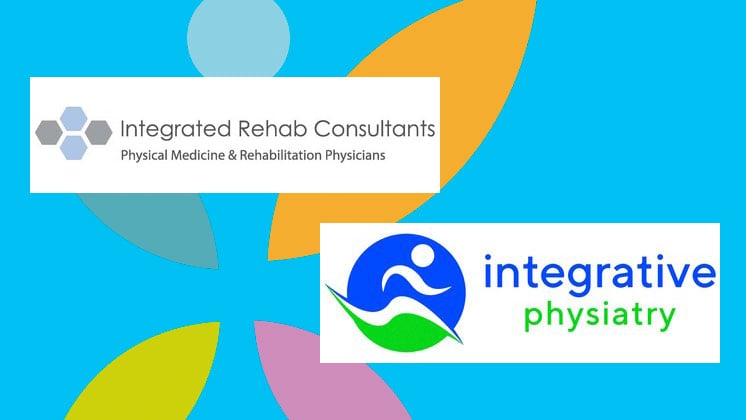
In 2019, skilled nursing facilities (SNFs) shifted from the RUG-IV model to a patient-driven payment model (PDPM). Payment plans in long-term care facilities are an important discussion — especially this change — as they have shifted their focus from therapy minutes to the patients themselves. But what does this mean, and how does it change how facilities approach patient care?
What Is RUG?
RUG stands for Resource Utilization Groups and was the original patient classification system for determining reimbursements. This was not a holistic payment system, as it only allowed facilities to be reimbursed for therapy, not other forms of care.
This payment form was divided into seven primary categories — rehabilitation, extensive services, special care, impaired cognition, clinically complex, behavior problems and reduced physical function. From here, the categories were divided further into 44 subcategories with different Medicare payment rates.
RUG proved to be problematic over time. SNFs began to place patients in the higher RUG categories to receive the maximum reimbursement possible, often utilizing group therapy sessions to optimize the profit margins. While this allowed patients to get the most out of their Medicare, it wasn't practical for their specific needs.
What Is PDPM?
Now, a patient-driven payment model exists to fill the gaps found in RUG-IV. PDPM focuses on clinically relevant factors instead of volume-based services. This shift of focus can improve payment accuracy and tend to each patient's unique needs.
In short, therapy minutes are removed as the factor for payment reimbursements. Instead, the daily reimbursement rate for an individual patient is based on resident classification and anticipated resource needs during their stay.
PDPM has been showing efficacy since its implementation in October 2019. In fact, PDPM allowed SNFs to see a 9% increase in Medicare reimbursement, even in the early days of the coronavirus pandemic.
What Are the Differences Between RUG-IV and PDPM?
To make the switch, several factors were analyzed from RUG-IV to create PDPM. Here are some of the significant differences between the two models.
Payment-Driven Models
In each plan, payments were driven by different factors. For RUG-IV, therapy minutes were the main concern. For PDPM, the clinical complexity, patient medical diagnosis and patient outcome are the driving payment factors.
Primary Disciplines
As mentioned before, therapy is the primary discipline in RUG, regardless of the patient's unique needs. Now, with PDPM, a multi-disciplinary model can identify what the patient needs most for personalized care. In the end, PDPM allows the patient to be reimbursed only for what they need.
Focus on Outcomes
RUG did not focus much on patient outcomes — only that they were receiving therapy. PDPM is a completely outcome-driven model, incorporating more care factors than just therapy minutes.
Importance of Primary Diagnosis
For RUG, the patient's primary diagnosis had little say in their payment reimbursements. PDPM sees primary diagnosis as critical — this factor starts the classification process for Medicare.
How Will the PDPM Model Affect Care?
With PDPM, the care provided for each patient should closely align with what is reimbursed. Specifically, PDPM can impact a patient's care in three ways:
Care management: PDPM requires careful management to deliver the right level of care for each patient. Overdone therapy services won't reimburse the SNF, and underdone therapy will lead to poor patient outcomes.
Patient finances: PDPM is budget neutral, meaning patients can receive the care and treatments they need without impacting SNF profit margins.
Center staffing: Patients can receive more attentive care with PDPM, as centers can focus less on provided therapy minutes. Instead, facilities can ensure they are finding and retaining the most qualified therapists and resources for the benefit of the residents.
How Can Medrina Help?
Medrina is a physician-owned business passionate about improving patient outcomes. Our services include recruiting physiatrists and working with SNFs to help centers provide the best care.
As you work to refine your PDPM processes, let us help you drive results. We offer full-scale physiatry programs that enhance prioritized facility initiatives like PDPM and quality patient care. With our thorough clinical documentation we’re able to effectively capture the full medical complexity of the patient, and ultimately get you the reimbursement your center deserves.
Reach out to Us Today
Medrina is the nation's largest physiatry group that has seen incredible outcomes for patients, including an 8% decrease in hospital readmissions and a 96% patient satisfaction score. Reach out to the experts at Medrina today to learn more about how we can collaborate.
Other Articles
-1.png)





